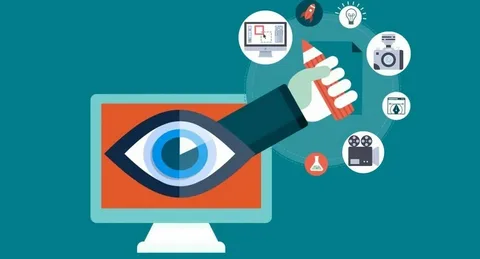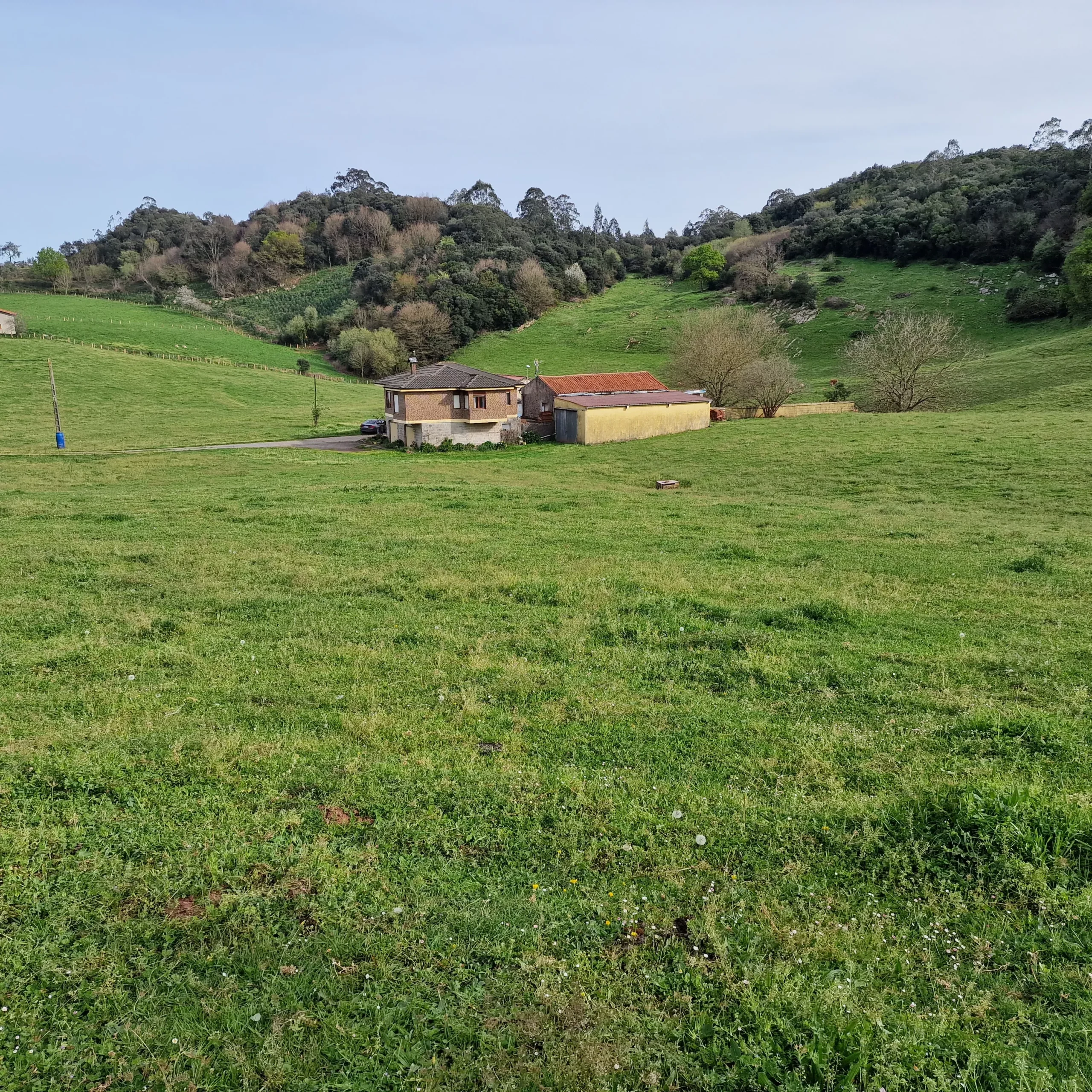In today’s digital world, visuals are a powerful way to communicate ideas, tell stories, and engage audiences. Whether it’s social media content, marketing campaigns, or website designs, the demand for impactful visuals has never been higher. But where do great visual strategies start? Surprisingly, the foundation often begins with something simple: sketching.
Sketching is not just for artists; it’s a tool anyone can use to shape and refine visual content strategies. In this article, we’ll explore how sketching plays a vital role in creating visual content, why it’s essential, and how you can use it effectively.
What is Sketching in y Visual Content Strategy?
Sketching, in the context of visual content, means creating rough drawings or layouts to map out ideas before finalizing them. It’s a quick and simple way to visualize concepts, plan designs, and communicate ideas with others.
Think of sketching as the blueprint for your content. Instead of diving straight into design software, sketching lets you experiment with ideas and layouts on paper or a digital canvas. It’s not about perfection—it’s about brainstorming and refining ideas in a visual way.
Why is Sketching Important for Visual Content Strategies?
1. Transforms Ideas into Visual Concepts
Great content begins with great ideas. But sometimes, explaining these ideas in words alone isn’t enough. Sketching provides a way to turn abstract thoughts into something tangible. It helps you see how an idea might look and allows you to refine it before spending time on detailed designs.
2. Encourages Creativity
Sketching is a low-pressure way to brainstorm. With just a pencil and paper, you can quickly try out different layouts, color schemes, or visual styles. There’s no need to worry about getting it perfect—sketching is about creativity and exploration.
3. Improves Communication
When working with a team, it’s easy for ideas to get lost in translation. Sketches act as a universal language. They help designers, writers, and marketers get on the same page. Instead of lengthy explanations, a simple sketch can make an idea clear to everyone.
4. Saves Time and Resources
Creating digital content takes time. By starting with a sketch, you can identify and fix potential issues early. This reduces the chance of costly revisions later in the process.
How to Start Sketching for Visual Content Strategies
You don’t need to be an artist to use sketching as part of your workflow. Here’s how you can get started:
1. Gather Your Tools
- Traditional Tools: Use pencils, markers, and sketchbooks to draw your ideas.
- Digital Tools: Apps like Procreate, Adobe Fresco, or free online tools can be great for sketching digitally.
2. Define Your Goals
Before you start sketching, understand the purpose of your visual content. Ask yourself:
- Who is my audience?
- What message am I trying to convey?
- What action do I want viewers to take?
3. Start with Thumbnails
Thumbnails are small, quick sketches that focus on layout and composition. They help you test different ideas without spending too much time on details.
4. Refine Your Sketches
Once you have a thumbnail you like, refine it into a more detailed sketch. Add elements like text placement, imagery, and design features.
5. Use a Storyboard for Complex Projects
If you’re creating a video or animation, storyboarding is essential. A storyboard is a series of sketches that show the sequence of scenes. For beginners, tools like a Storyboard generator AI free can make this process easier by automating some steps.
Examples of Sketching in Action
1. Designing a Social Media Campaign
Imagine you’re planning an Instagram campaign for a product launch. Instead of jumping straight into design software, you sketch a few potential layouts. You explore where to place the product image, text, and call-to-action button. By sketching first, you can see what works best before committing to a final design.
2. Planning a Website Redesign
Sketching is invaluable for website projects. Start by sketching a wireframe—a simple outline showing the structure of a webpage. This helps you visualize where to place headers, images, and buttons.
3. Creating an Animated Video
For animation, storyboarding is key. By sketching each scene, you can plan the flow of your video and ensure the visuals align with the script.
Benefits of Sketching for Your Team
1. Boosts Team Collaboration
Sketching sessions bring teams together. Whether it’s a whiteboard brainstorm or sharing digital sketches, it encourages input and collaboration.
2. Builds a Stronger Foundation
By sketching out ideas first, your team can build a solid foundation for visual content. This reduces miscommunication and ensures everyone shares the same vision.
3. Enhances Problem-Solving
Sketching helps teams identify potential problems early. For example, a sketch might reveal that a layout looks cluttered or that key information isn’t clear.
Overcoming Challenges in Sketching
1. “I’m Not an Artist”
Many people avoid sketching because they think they lack artistic skills. Remember, sketching for content strategy isn’t about creating masterpieces—it’s about communicating ideas. Even basic stick figures or simple shapes can be effective.
2. Resistance to Change
Some teams may be hesitant to adopt sketching as part of their process. To overcome this, emphasize its benefits, like saving time and improving collaboration.
3. Lack of Tools
If your team doesn’t have sketching tools, start with what you have. Even a simple notebook and pen can work. For digital sketches, free tools are widely available.
The Role of AI in Modern Sketching
Technology is transforming how we approach sketching. AI tools are now available to help beginners and professionals alike. For example, AI-powered storyboard generators can speed up the process of creating visual plans for videos or presentations. These tools analyze your input and suggest layouts, making sketching more accessible to everyone.
By integrating traditional sketching techniques with AI tools, you can enjoy the best of both worlds: the creativity of manual sketching and the efficiency of modern technology.
Conclusion
Sketching is a powerful tool that plays a key role in shaping visual content strategies. It transforms ideas into visuals, fosters creativity, and improves team communication. Whether you’re planning a social media campaign, designing a website, or creating an animated video, sketching helps you start with a clear vision.



